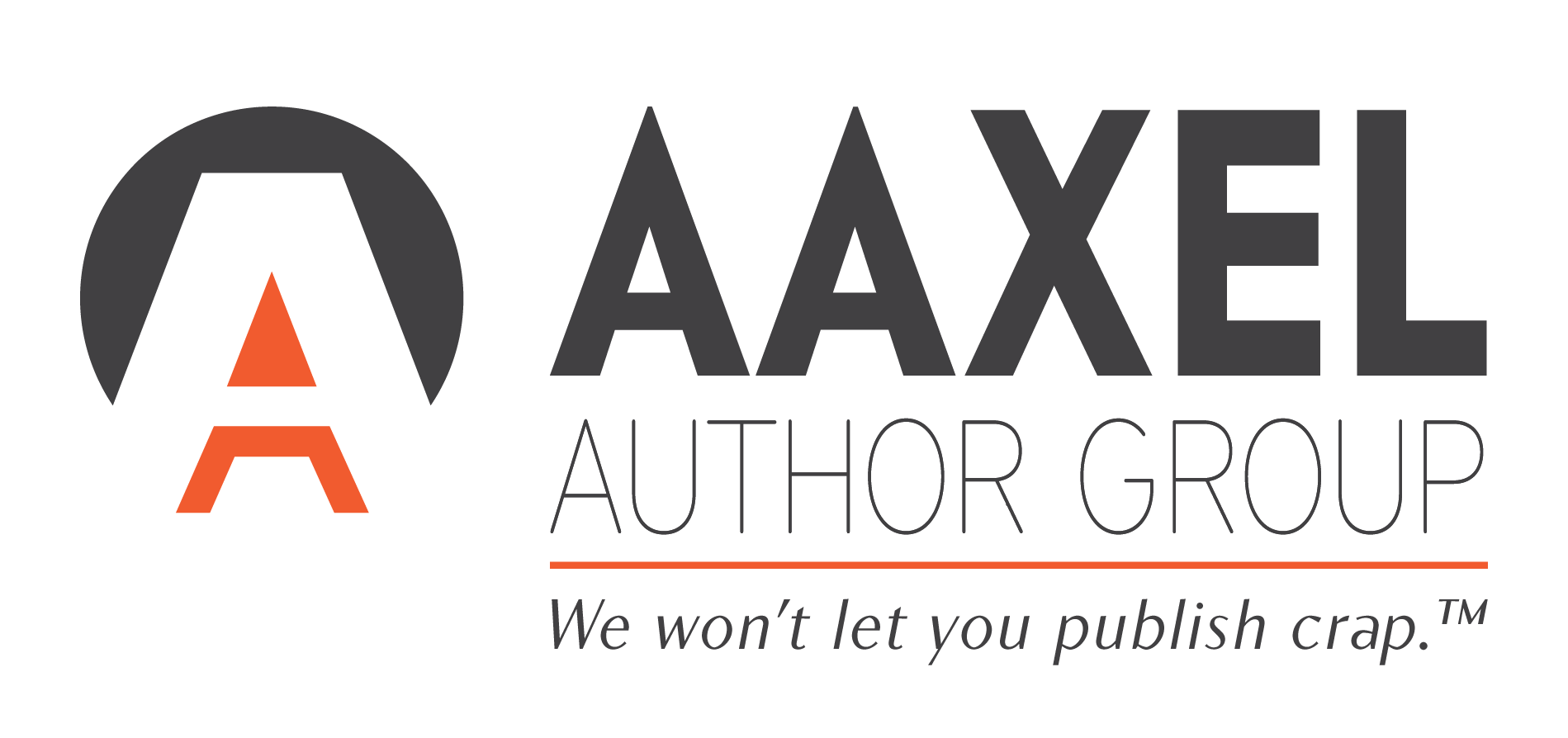Book Covers for Self-Published Authors: How to Communicate Effectively with Your Designer
So, you have selected your book cover designer. (If you haven’t, see our previous post for some tips on picking the right designer.) Now that you’ve signed a contract and paid a deposit, you need to kick off a fruitful, creative and productive collaboration. Here are a couple of tips to optimize your relationship with your cover designer.
Provide a design brief
Before asking your designer to get to work, you must brief them on all the essential elements that will
guide them in the design of your book cover.
Here is the key information you want to include in your design brief:
- All the essential details
- Book title and synopsis. Aim for explicit and specific. What exactly is your book about?
- How you want your name to appear on the cover. Is your author name your full name? A pen name?
- Target readership: What genre does the book fall into? Are your readers male or female? How old are they?
- Any additional files the designer will need, including your author photo (if you’re placing your author bio on the back cover), and any logo/graphic you may want to use on the spine.
- Your vision of the book cover: You probably already have an idea of what you’d like your cover to look like. Communicate this to the designer. Show examples of covers you love and hate. Give a list of what you want and don’t want to see, and mention the colours you’d like the designer to
work with. - Product specifications: Mention what trim size your book will ultimately be. If the designer will be doing your full cover (front, back and spine), you will also need to inform him/her of your final page count.
- Timeline: Give the graphic designer an idea of your timeline and agree on specific milestone dates up front.
Communicate, communicate, communicate
Once the designer has gathered all the vitals in your design brief, it’s time for them to get to work. Give him/her time to complete the preliminary concepts, but do make yourself available for any questions or clarifications. Make it clear that you value communication, and that you are accessible whenever you’re needed.
Upon receiving the preliminary concepts, take your time to look them over. Understand that cover design can be unpredictable and messy. It’s a creative process, after all. If the designer hasn’t pulled off the perfect book cover, don’t give up. If one of the preliminary concepts has some potential, there’s still room for your dream book cover to emerge. It just needs tweaking. Maybe you love the font used in concept #1 but you prefer the colours in concept #3. Maybe you really like concept #2 but the colours are all wrong. Book a call with the designer and talk it out. If your designer is a professional, they should be able to gather all the feedback and produce a revised version that is closer to your vision.
Now, if you aren’t at all happy with any of the samples or you simply are not enjoying the working relationship, it’s possible that this is not the right designer for your book cover. Stop everything. It’s not easy, but trust your instinct and explain the situation to the designer. You will probably have to pay for work already done, but this will be less painful in the long run than accumulating more invoices for work that you aren’t happy with.
Once you have selected a concept to develop further, the designer will be looking to you for guidance on tweaking. Be as specific as possible, and state clearly your wishes: Whether it’s a question of changing the colour scheme, stock image, or something as detailed as the positioning of your name and title, make it known. Also, make sure that you are staying on top of costs. Has the designer done some extra work for which you will be charged? Avoid nasty surprises and keep track.
Once the cover design is finalized, you need to ensure you receive the right files to publish your book. Every platform, such as Kindle Direct Publishing or IngramSpark, produces its own cover templates, and you need the designer’s assistance in adapting the cover artwork to these templates. You also want to be sure you receive all your files before paying the balance.
We hope to have given you some helpful tips for a fruitful collaboration with your book cover designer. Just remember: While you might have selected a great designer, they will only be able to shine if you guide them.
The Aaxel Author Group offers you a turnkey service for your book cover design, including:
- Access to experienced and dynamic designers;
- A thorough A-Z service on your book cover design;
- Additional services, such as book formatting and printing
- Unique solutions to get your book to market
Have more questions on picking the right cover designer for your self-published book? Drop us a line.
We also invite you to download our free No-Hype, No-Nonsense Author Success Tracker below
